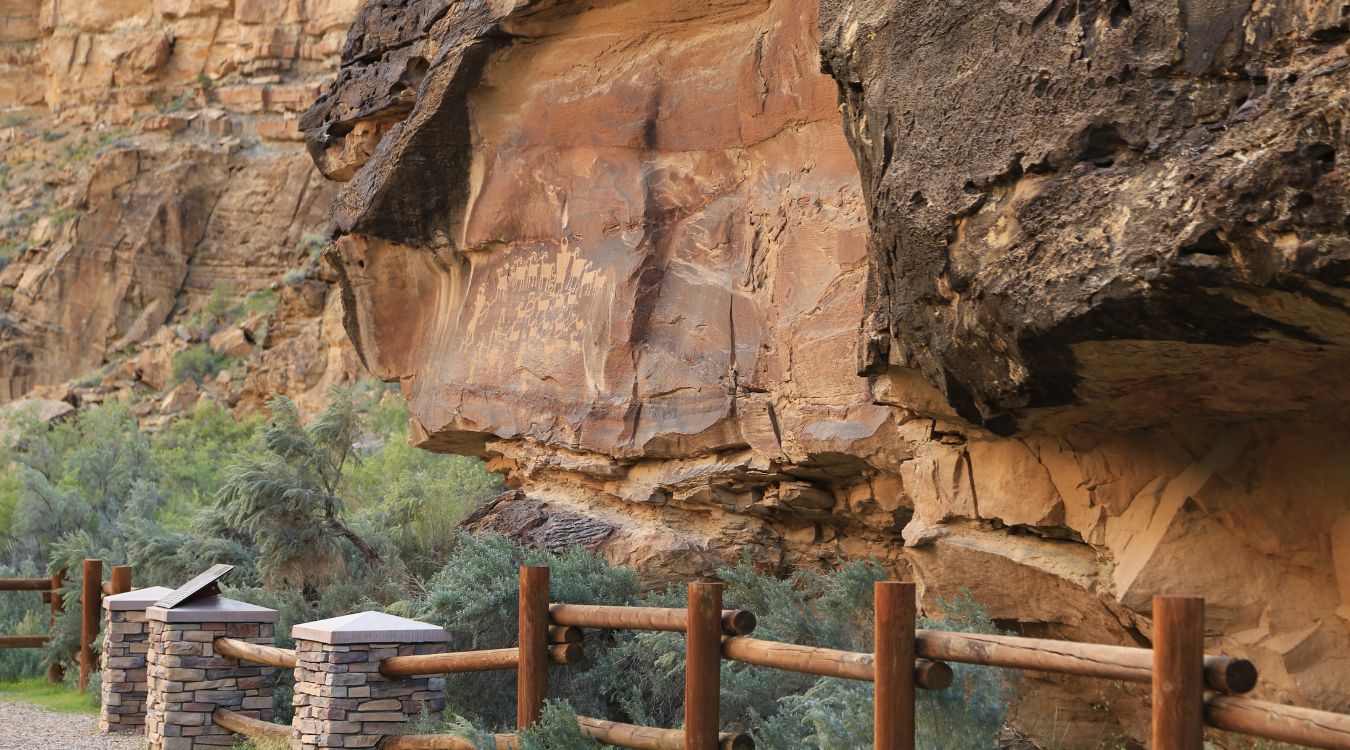Secrets Of Utah’s Nine Mile Canyon Trading Routes

Have you ever wondered about the hidden stories behind Nine Mile Canyon in Utah? This incredible place, often called the "world's longest art gallery," holds secrets of ancient trading routes and petroglyphs. Imagine walking through a canyon where every rock tells a story from thousands of years ago. Traders once traveled these paths, exchanging goods and ideas. Today, visitors can explore the same trails and see the artwork left behind by Native American tribes. Whether you're a history buff or just love a good adventure, Nine Mile Canyon offers a unique glimpse into the past. Ready to uncover its mysteries?
Secrets of Utah's Nine Mile Canyon Trading Routes
Nine Mile Canyon, often called the "world's longest art gallery," is a hidden gem in Utah. This canyon is not only known for its stunning rock art but also for its historical significance as a trading route. Let's uncover some secrets of this fascinating place.
Ancient Petroglyphs
The canyon is home to thousands of petroglyphs, which are ancient rock carvings. These carvings tell stories of the people who once lived and traded here.
- The Great Hunt Panel: One of the most famous petroglyphs, depicting a large hunting scene with numerous animals and hunters.
- Big Buffalo Panel: Features a massive buffalo, symbolizing the importance of this animal in trade and daily life.
- Fremont Culture Art: Showcases the unique art style of the Fremont people, who inhabited the area around 1,000 years ago.
Trading Posts
Nine Mile Canyon was a bustling hub for trading. Various trading posts dotted the landscape, serving as vital points for exchanging goods.
- Daddy Canyon Complex: This site includes remnants of ancient dwellings and storage areas, indicating it was a significant trading post.
- Cottonwood Glen: Known for its large number of granaries, it was a crucial spot for storing and trading grains.
- First Site: An early trading post where traders exchanged goods like pottery, tools, and food.
Natural Resources
The canyon's rich natural resources made it an ideal location for trading. These resources were essential for the survival and prosperity of the people.
- Water Sources: Springs and streams provided fresh water, a critical resource for traders and inhabitants.
- Flint Quarries: The canyon's flint deposits were highly valued for making tools and weapons.
- Wildlife: Abundant wildlife provided food and materials for clothing and trade.
Modern-Day Exploration
Today, Nine Mile Canyon is a popular destination for those interested in history, archaeology, and outdoor adventure. Visitors can explore the canyon and its secrets.
- Nine Mile Ranch: Offers guided tours and accommodations, making it easier for visitors to explore the canyon.
- Visitor Center: Provides information about the canyon's history, petroglyphs, and trading routes.
- Hiking Trails: Numerous trails allow visitors to see the petroglyphs and ancient sites up close.
Nine Mile Canyon's trading routes hold many secrets waiting to be uncovered. From ancient petroglyphs to modern-day exploration, this canyon offers a unique glimpse into the past.
Discovering Utah's Hidden Gem
Nine Mile Canyon offers a unique glimpse into the past. The ancient trading routes and petroglyphs tell stories of the people who once lived there. Exploring this canyon is like stepping back in time. The rock art and archaeological sites are well-preserved, making it a must-see for history buffs and nature lovers alike.
Visiting Nine Mile Canyon is not just about seeing old carvings. It's about understanding the rich history and culture of the area. The canyon's beauty and historical significance make it a special place to visit. Whether you're hiking, taking photos, or just soaking in the scenery, you'll find something to appreciate.
Plan your trip to Nine Mile Canyon and experience the magic for yourself. It's a journey through time you won't forget.

